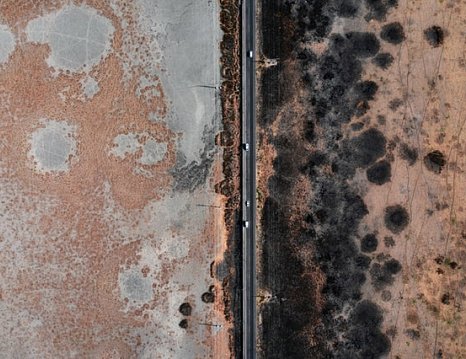Surefire Signs you've got a Mold Problem
Some key signs to look out for when you're worried about mold.

3.8 million people per year die due to complications related to indoor air pollution. There are many harmful compounds in the air we breathe but one of the most dangerous indoor air pollutants is mold. Mold is 100% organic but it is toxic and often plagues homes and business premises. Identifying and treating mold quickly is essential to stop it becoming a more serious problem. Here we’re looking at some clear signs that mold is an issue in your premises.
1. Symptoms of Mold Exposure
A mold problem can lead to worrying health symptoms in you or your employees. A constantly running nose, itchy eyes and worsening cough can be a sign that there is a mold problem in premises. Mold exposure can also cause headaches, skin irritation and sneezing. A wet cough and wheezing can be indicative of a more serious mold problem and long term exposure can lead to further issues such as brain fog, confusion and dizziness. Some types of toxic mold can lead to more dangerous health concerns including some cancers and pulmonary edema.
2. Physical Mold Identification
If mold is visibly growing on your ceiling or walls at work, then it’s clear you’ve got a problem. Visible mold is usually only the start of the problem and a much deeper problem is usually found. Professional mold testing and cleaning can help to identify the extent of the problem and the toxicity of the mold. Mold remediation should be carried out by professionals to ensure no mold remains in the premises.
3. The Recognizable Mold Smell
Buildings with a mold infestation often have an instantly recognizable smell. It is a musty odor that you might expect in a damp basement or amongst old, water-damaged books. If the infestation is particularly bad even the smell can irritate the nostrils and burn your eyes. You may find the smell is only present in certain areas, so they are the best place to start when rooting out the mold problem.
4. High Humidity Problems
Mold infestations are most prevalent in dark, moist environments where air circulation is poor. Premises located near the ocean or waterside or in high humidity areas are much more susceptible to the growth of mold. Poorly ventilated properties are also much more likely to develop mold problems to look into your AC system and make sure windows are opened regularly to ensure air circulates well. In really humid buildings, a dehumidifier might be a good investment.
5. Mold-Related Bugs Spotted
There are many bugs which thrive in the same environment as mold but the most common is the booklouse. Booklice love eating mold and similar fungi and are usually present where there is a large mold infestation. Booklice don’t feed on humans, but they can crawl on your skin and lay eggs, creating a skin-crawling, itchy sensation that comes alongside a bug infestation. If you have a mold problem you’ll need to deal with this if you want to get rid of the bugs.
6. A Consequence of Water Damage
If your property has experienced a leak, food, or any other kind of water damage, it’s highly likely mold will follow. Without a proper clear up, the risk of mold infestation after water damage is considerable. Make sure to check in crawlspaces and the building’s foundation for signs of water damage or you may find a mold problem developing in areas you cannot easily see.
An undetected mold problem can quickly become a serious structural and health issue for your building. Taking time to check for signs of mold before they become a serious concern will help minimize any significant outlay in the long run. With professional help a mold problem can be dealt with swiftly before it causes any harmful health concerns for you and your employees.
Image via Unsplash
